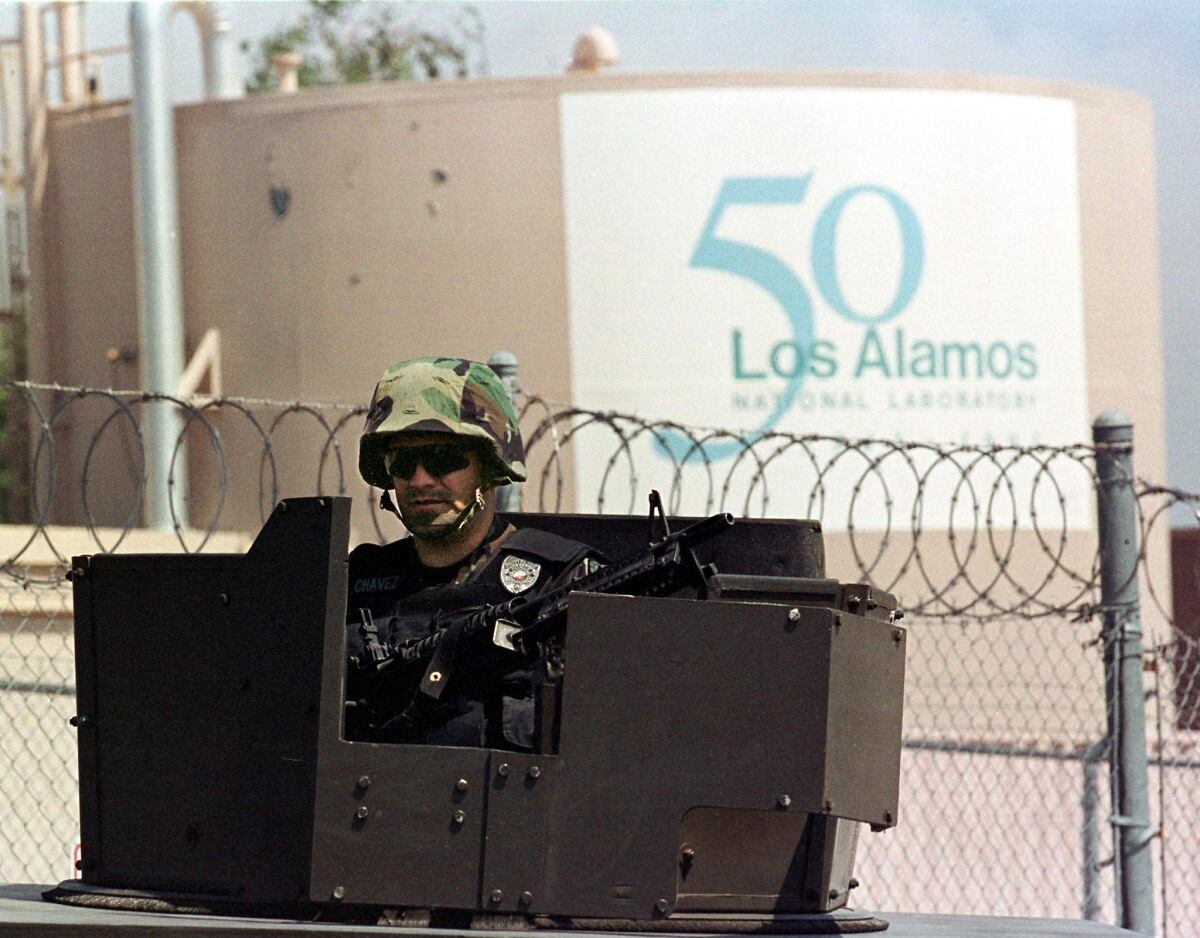Verifying arms control agreements is one of the global community’s greatest security challenges.
Even a century ago, when a nation’s military might could be measured by conspicuous assets such as tanks and battleships, confirming their numbers was difficult. Today, when possession of even a small amount of nuclear material can make a nation a formidable adversary, verification is even harder.
Given this, we need to actively pursue state-of-the-art physics to provide tools to ensure nations are complying with international treaties. Without those tools, we stand exposed to new threats that could slip under the shield of an unverifiable treaty.
We learned this lesson in the Cold War with the Limited Test Ban Treaty of 1963. Signed by the United States, the Soviet Union and the United Kingdom in August 1963, it prohibited nuclear weapons tests “or any other nuclear explosion” in the atmosphere, outer space and underwater. The only problem: We couldn’t verify it — not yet anyway; the technology didn’t exist.
Scientists and engineers at Los Alamos National Laboratory had been working to develop nuclear detonation-detection satellites for four years, but they weren’t ready. So they did what they had to do: They moved quickly.
On October 17, 1963, just a week after the treaty went into effect, the first pair of Vela satellites equipped with 12 X-ray detectors and 18 neutron and gamma ray detectors were launched, marking the beginning of space-based nuclear test monitoring.
RELATED

This illustrates why we must invest in science and technology before we’re confronted with the need for it. The reality is as technology advances, so must our nuclear-detection instruments. The New START treaty limits the United States and Russia to 1,550 strategic nuclear weapons each. Our current tools, while sophisticated, cannot distinguish between a tactical nuclear weapon and a strategic one. Given that the tactical weapons are intended for small areas like battlefields, while strategic weapons are intended for much larger targets, this information would be critical for the intelligence community to know.
Creating the tools to distinguish these weapons requires us to push the boundaries of physics and explore what else is possible. That is done using Big Science, an approach that originated during the Manhattan Project in 1943, when J. Robert Oppenheimer brought together some of the brightest scientific minds from across the nation, as well as several brilliant refugee scientists from Europe, to Los Alamos, New Mexico, to build the first atomic bomb.
It was the first time researchers from a broad range of disciplines — physics, chemistry, mathematics, engineering — assembled under one roof to solve a seemingly unsolvable problem. They succeeded, and the vital importance of the Big Science model was validated.
This model continues to drive innovation at our nation’s nuclear weapons laboratories, including Los Alamos, where the country’s nuclear-detection expertise resides. Unsurprisingly, these laboratories provide the nation’s best defense against nuclear proliferation. We know how nuclear weapons are made, we know what they look like, we know the ratio of materials and we know how they work. Our expertise can assist a non-nuclear state, such as South Korea, that lacks that capability, yet understandably has a very keen interest in knowing whether its neighbor to the north is pursuing a nuclear weapons program. While we can’t give them classified information to make that determination for themselves, we can develop tools so that South Korea, or any other nation, can know with confidence the status of a country’s nuclear program.
While North Korea is currently a vivid red dot on the global radar screen, they are not the only nuclear threat we face.
Sometime in the coming years, the United States and Russia will likely engage in a number of treaty negotiations on nuclear weapons and nuclear material. In treaty verification, the job of scientists is to develop tools to provide confidence — both to the stakeholders in our own countries and, to some extent, to the international community. To do this, we need more investment in research and development, and more scientists and engineers committed to national security. It is only then that we can ensure the successful enforcement of treaties that make the world a safer place.
Nancy Jo Nicholas is the head of Global Security at Los Alamos National Laboratory.








